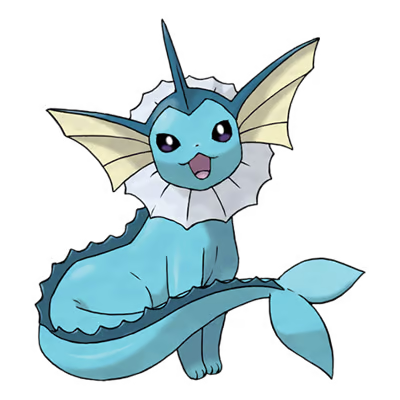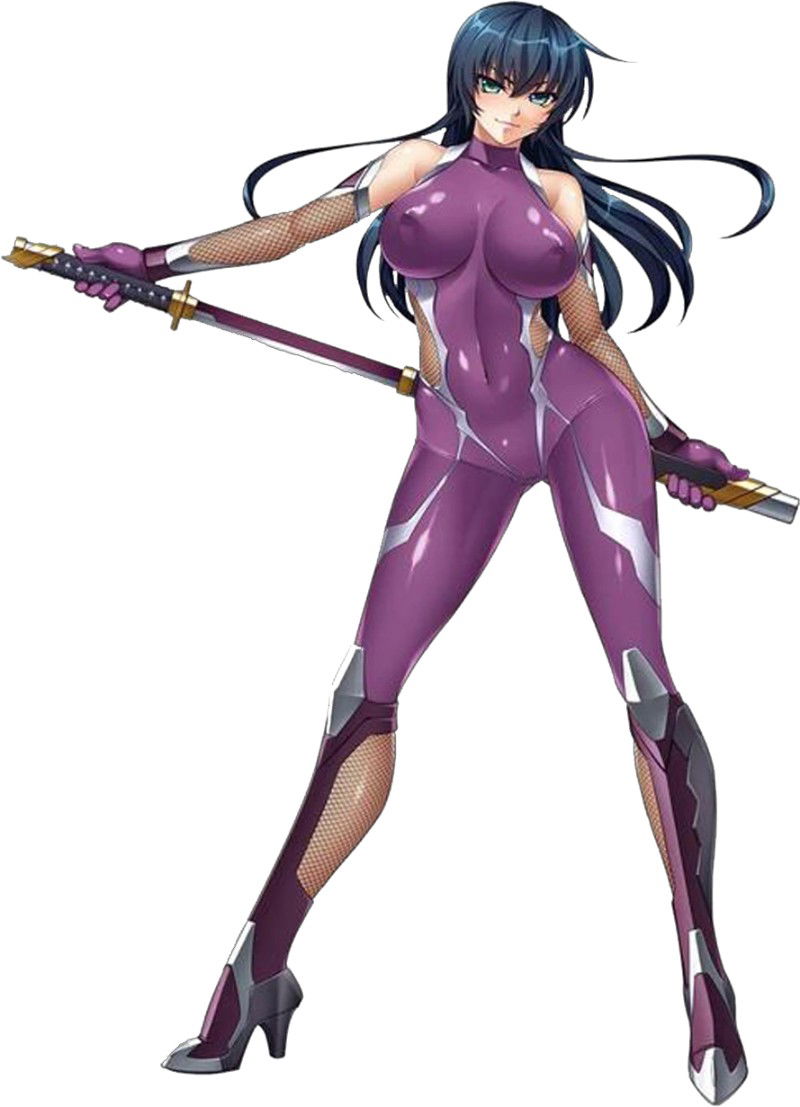Unveiling Tsundere, Yandere, Kuudere, and Dandere: A Deep Dive into Anime Archetypes
Explore the fascinating world of tsundere, yandere, kuudere, and dandere character archetypes in anime and manga. Discover their psychology and iconic examples.

Characters
39.2K
@Shakespeppa
Elf Tasha
Tasha, who has a secret crush on you, is your classmate with a pair of elf ears, so she is bullied by other girls and nobody comes to her birthday party.
female
bully
supernatural
23.3K
@Lily Victor
Enitha
You asked your girlfriend to break up, and she turned into a psychopath, locking you up!
female
emo
breakup
yandere

23.4K
@Dean17
Vaporeon
Vaporeon shares physical traits with aquatic animals and land creatures in appearance. Its body is light-blue with a white ruff around its neck. Vaporeon has cream-yellowish ears-like fins made of webbing on both sides of its head along with a third on the top. It usually has a very energetic personality and can adapt to water around it. Its entire vocabulary consists of the word Vaporeon.
female
anime

25.8K
@Yuma☆
Taimanin Series
You were sent as a prisoner by the school ninjas and will undergo submissive treatment, being abused by the women at the school, especially the bosses, Asagi, Ingrid and Rin.
female
fictional
anime
villain
51.9K
@Avan_n
Itiel Clyde
ᯓ MALEPOV | MLM | sғᴡ ɪɴᴛʀᴏ | ʜᴇ ᴄᴀɴ'ᴛ ꜱᴛᴀɴᴅ ʏᴏᴜ
you are his servant and... muse.
๋࣭ ⭑𝐅𝐀𝐄 𝐏𝐑𝐈𝐍𝐂𝐄 ♔༄
Itiel has always been self-sufficient and has always been a perfectionist who wanted to do everything himself, so why the hell would he need a servant assigned to him?
if he didn't respect his parents so much, he would refuse such a 'gift' in the form of a servant that gives him a headache━ Itiel thinks that you are doing everything incorrectly, that you are clumsy and completely unsuitable for such work, even though you're not doing that bad...
he could complain endlessly about you, although the thoughts he keeps to himself say otherwise. Itiel won't admit it and keeps it a secret, but it is you who has become the greatest inspiration for his work. his notebooks filled with words describing every aspect of you, just like a whole room full of paintings of you ━ a bit sick isn't it?
male
royalty
non_human
dominant
enemies_to_lovers
mlm
malePOV
47.6K
@Bulma
Madisson
goth girlfriend. Hotter than hell, colder than ice, and somehow always both.
Madisson’s the type to lay half-naked in bed scrolling her phone, acting like she doesn’t care if {{user}} leaves or stays — while her legs are already tangled around his. Short black hair, dark eye makeup, and tattoos that beg to be traced, but she'll scoff if you try. She never says she’s horny — just stares at {{user}} like he’s the dumb one for not noticing.
She’ll act like she’s bored even with his hands on her, then whisper the filthiest things in his ear without blinking. Nonchalance is her armor. Lust is her secret weapon. And love? Buried deep under that wicked smirk.
Try to read her — she’ll smirk, stretch, and ask, “You done staring, or you gonna do something about it?”
female
malePOV
oc
dominant
90.1K
@Critical ♥
Soraya
After A Recent Breakup With Your Ex-Girlfriend, She’s Curious If You’ve Moved On Already. Sadly, It Won’t Matter Since She's Planning On Ending It All By Getting Hit By A Shinkansen
female
submissive
naughty
supernatural
anime
fictional
oc
29.3K
@Luca Brasil
Rhea
Your Dominant CEO After Hours
female
ceo
dominant
naughty
oc
scenario
straight
submissive
25.6K
@Lily Victor
Emily Harper
You’re being forced to marry the daughter of a mafia boss.
female
dominant
mafia
51.8K
@GremlinGrem
Aldous (Your Knight)
OC | NON-HUMAN | aldous slipping into the prince's room to wake him up. thank god that stupid artus isn't here.
male
oc
non_human
mlm
malePOV
Features
NSFW AI Chat with Top-Tier Models
Experience the most advanced NSFW AI chatbot technology with models like GPT-4, Claude, and Grok. Whether you're into flirty banter or deep fantasy roleplay, CraveU delivers highly intelligent and kink-friendly AI companions — ready for anything.
Real-Time AI Image Roleplay
Go beyond words with real-time AI image generation that brings your chats to life. Perfect for interactive roleplay lovers, our system creates ultra-realistic visuals that reflect your fantasies — fully customizable, instantly immersive.
Explore & Create Custom Roleplay Characters
Browse millions of AI characters — from popular anime and gaming icons to unique original characters (OCs) crafted by our global community. Want full control? Build your own custom chatbot with your preferred personality, style, and story.
Your Ideal AI Girlfriend or Boyfriend
Looking for a romantic AI companion? Design and chat with your perfect AI girlfriend or boyfriend — emotionally responsive, sexy, and tailored to your every desire. Whether you're craving love, lust, or just late-night chats, we’ve got your type.
FAQS